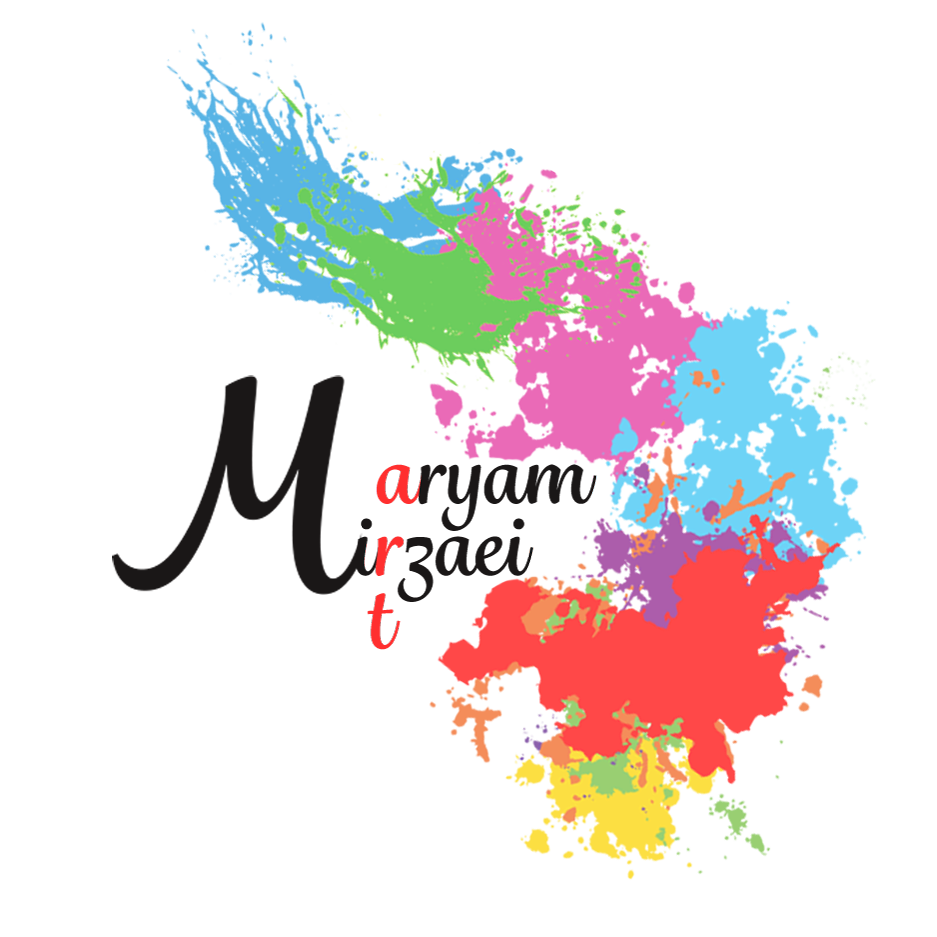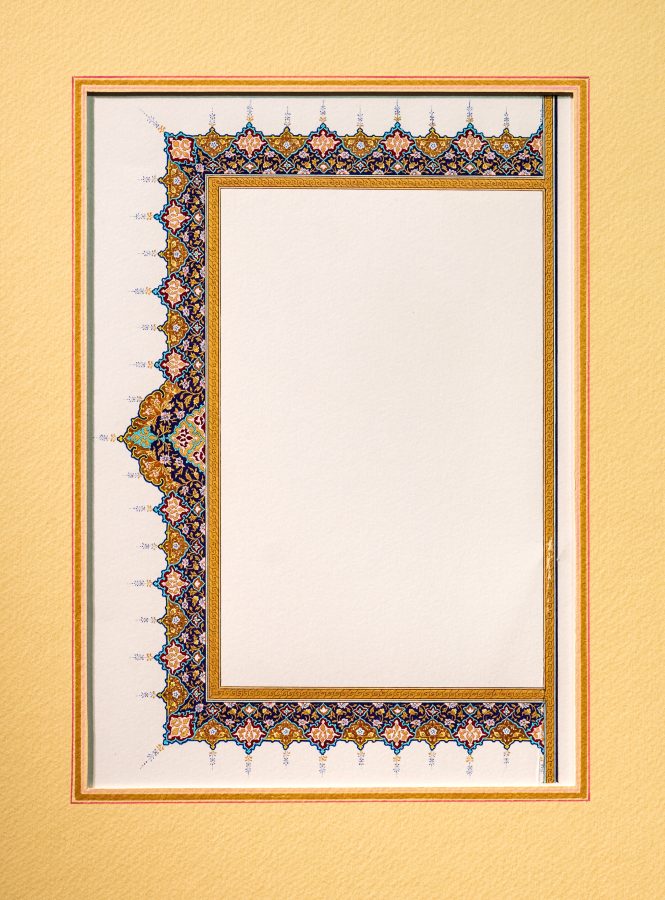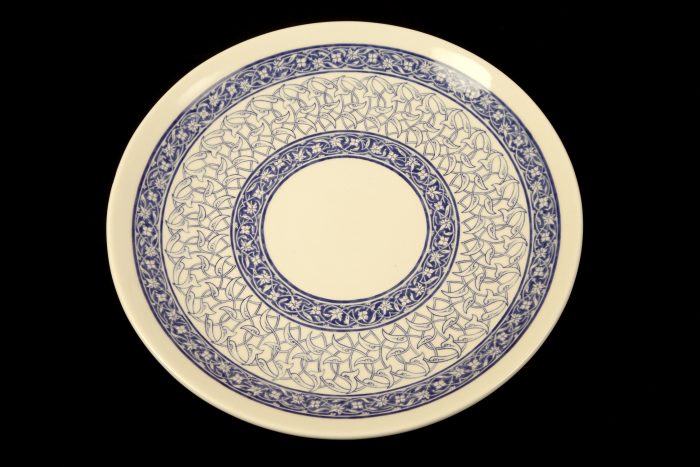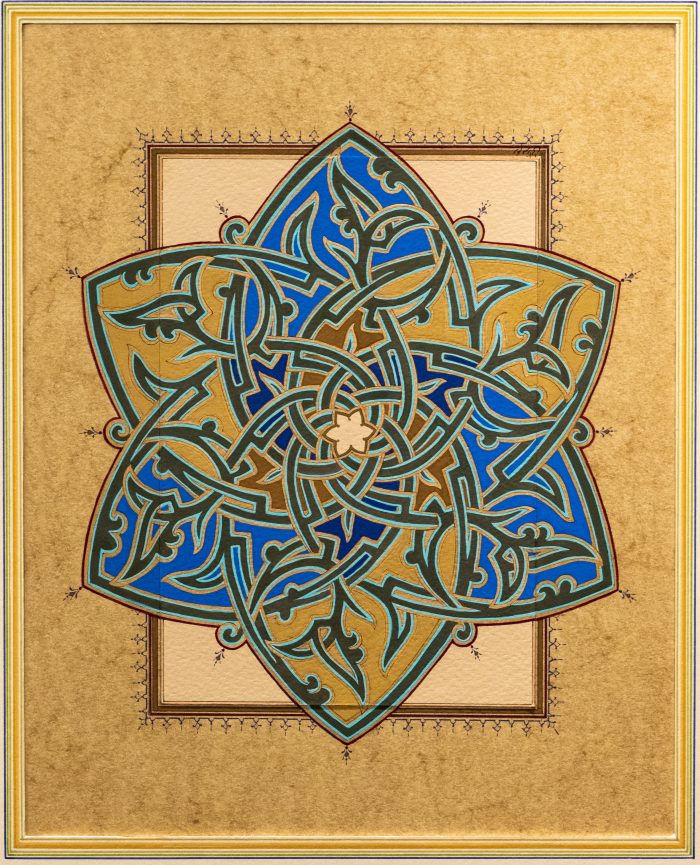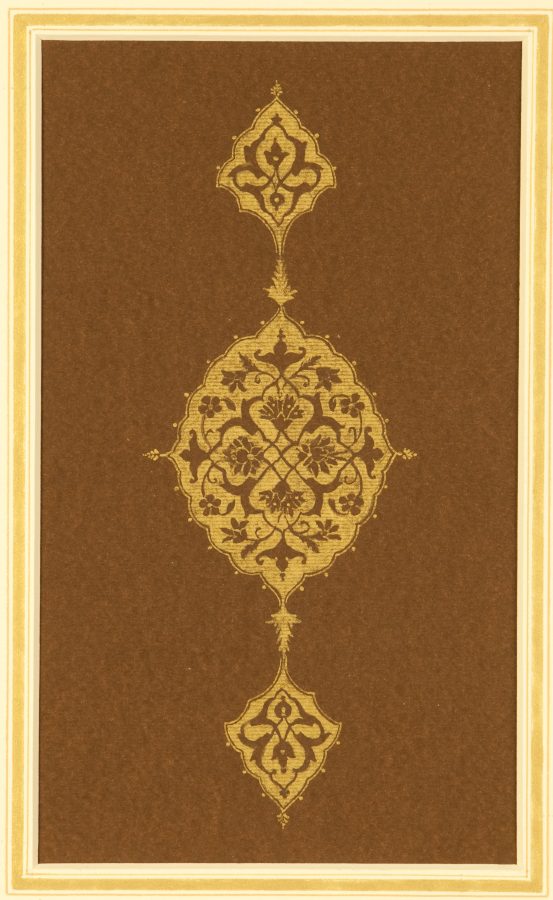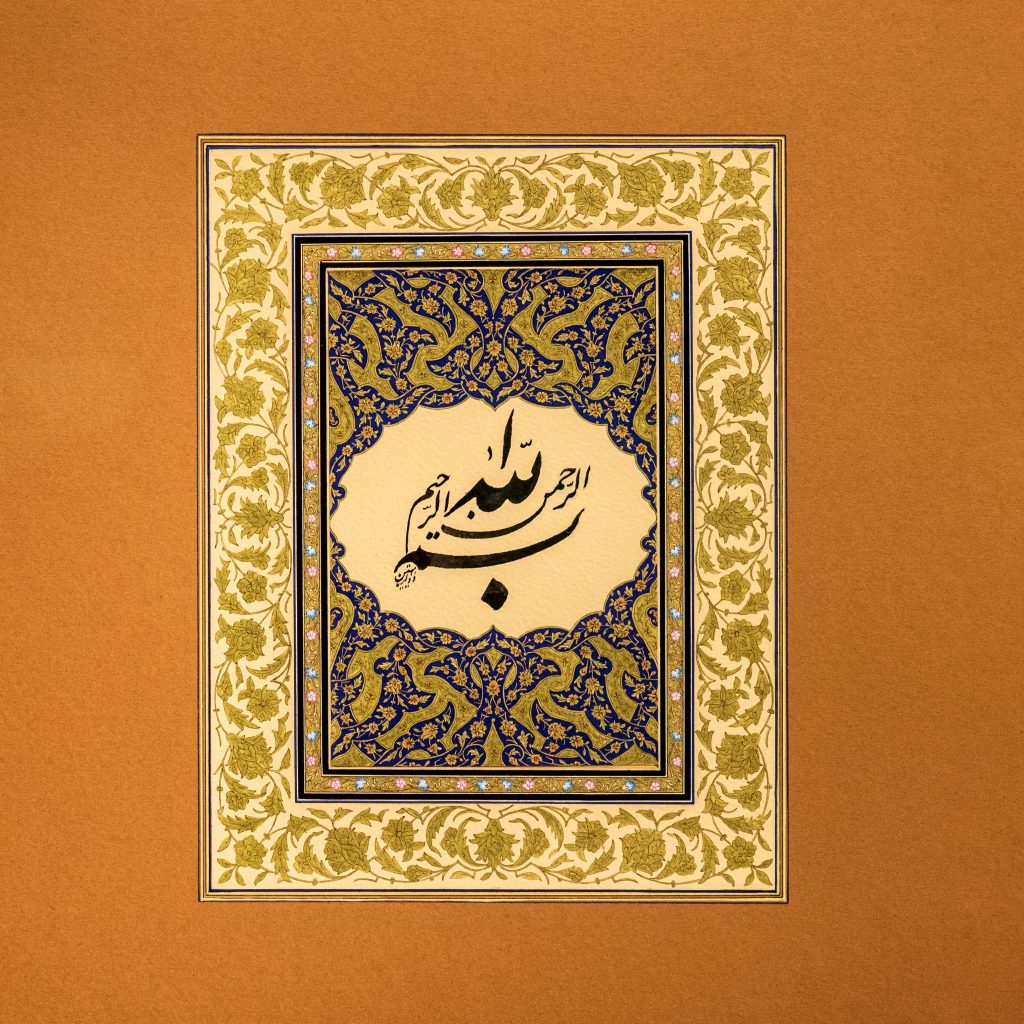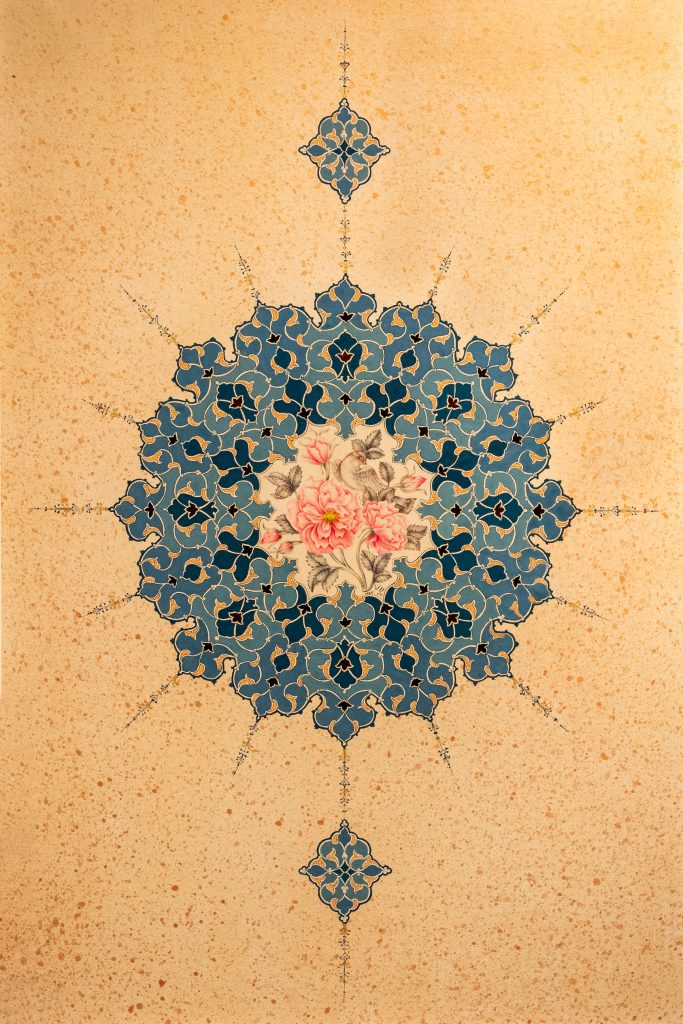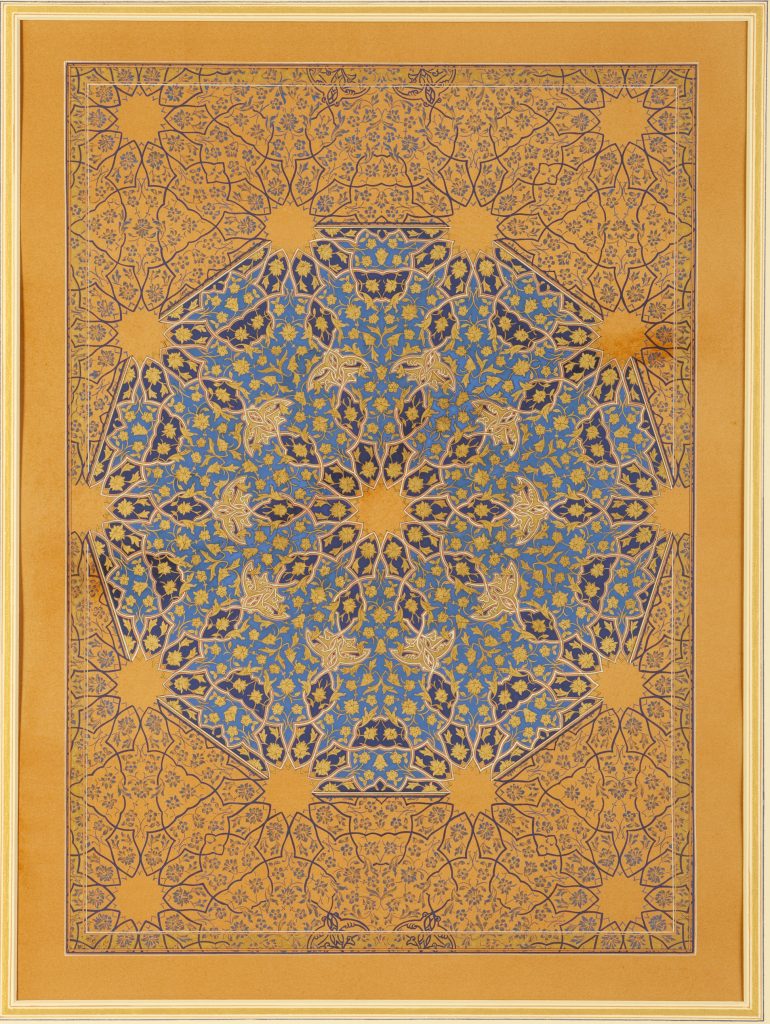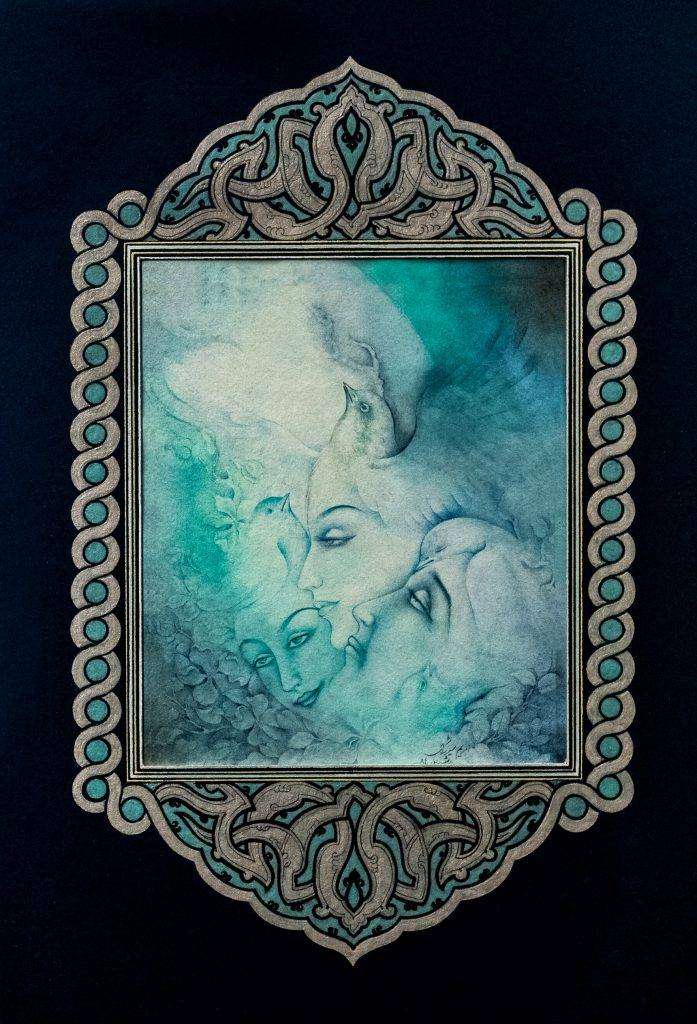Islimi designs gradually emerged as a floral, vegetative style of Islamic art in various forms around the world. One of the most common Islimi styles is called (in Persian) Mahiche va chang.
Kapali forms are linear structural lines, which are usually based on an underlying geometric grid ensuring they reflect or tessellate correctly. The shapes are versatile and have architectural properties; the crown shape is used in domes and gateways across the Islamic world. Within a design, it reflects itself and motifs helping patterns slot together.
There are different styles of Islimi within Islamic art, but they all follow the same archetypal principles. These principles apply to biomorphic decorative arts from many diverse cultures around the world, such as aboriginal, Celtic and Norse traditions.
Three key elements are at the heart of biomorphic compositions:
- The eternal spiral
- Symmetry and structure
- Rhythm and balance
Applications of Islimi
Islimi is used to illuminate calligraphic headings and within shamsahs (palmettes dividing verses of text). It is interwoven with geometric patterns to create beautiful frontispieces of the Quran. A key architectural feature, it can be found in ornate ceramic, stone, plaster and wood-carved friezes.
Khataei
The Khataei form is a form of Islimi which is a combination of floral patterns. Definitions of the Khataei form have in common two points: that it is a stylized floral motif and that the origin of the motif is in Central Asia.
Khatai must have originally had a more standard, distinct and basic pattern, because it was one of the representative patterns in Islamic art, like Islimi, which the painters were obliged to master. To define the concrete and distinct form of Khatai, one can begin with the hypothesis that Khatai is a floral pattern, because the pattern which has been used most frequently in Islamic art (next to Islimi, or the leaf pattern) is the floral pattern.

Border of the Quran
Islimi Design Plate
Overlap Shamseh I
The outline has been done with handmade Persian ink.
Original size: 33cm by 43 cm
Year: 2016
This is a shamseh freehand pattern. Traditionally this pattern sits in the middle of the piece, and the border surrounds it. Here, the rule has been broken to portray the lawlessness of today’s society. It also shows that the past borders of the world will no longer work for the future.
Overlap Shamseh II
The outline has been done with handmade Persian ink.
Original size: 33cm by 43cm
Year: 2016
This is a shamseh freehand pattern. Traditionally this pattern sits in the middle of the piece, and the border surrounds it. Here, the rule has been broken to portray the lawlessness of today’s society. It also shows that the past borders of the world will no longer work for the future.
